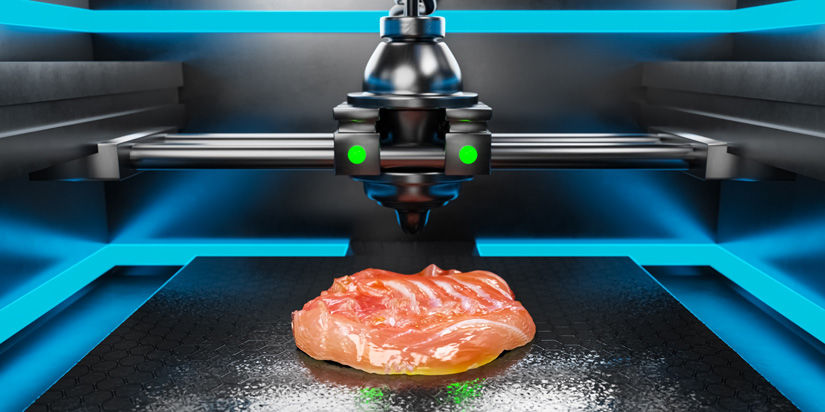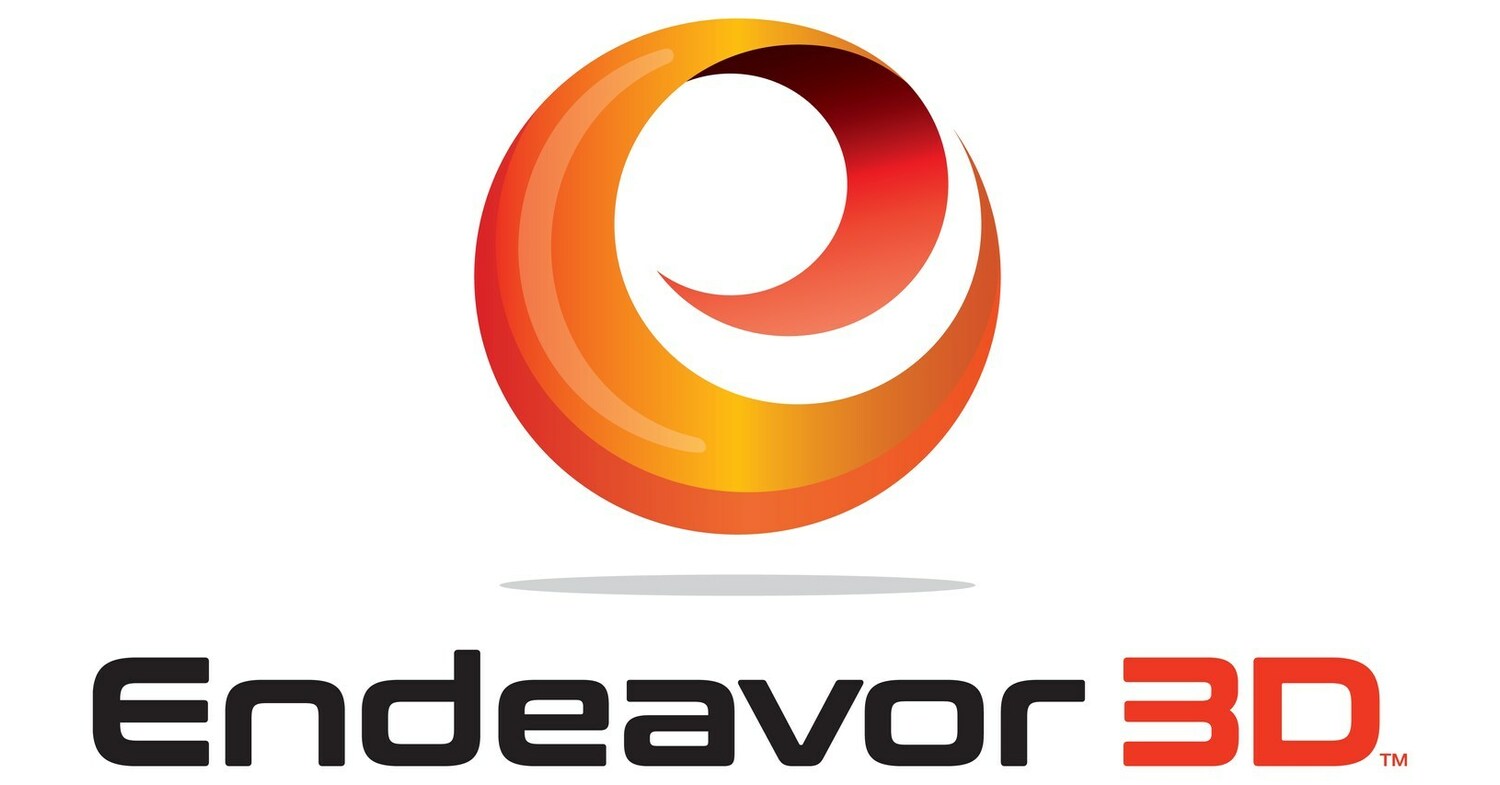Anycubic Kobra S1 Combo 3D Printer, 4 Stunning Multicolor with Anycubic ACE PRO, 600mm/s High Speed and 320℃ Hotend Free-Clog Extruder, Intelligent Drying While Printing, Built-in Camera 250*250*250mm
$599.99 (as of May 29, 2025 10:56 GMT +00:00 - More infoProduct prices and availability are accurate as of the date/time indicated and are subject to change. Any price and availability information displayed on [relevant Amazon Site(s), as applicable] at the time of purchase will apply to the purchase of this product.)Have you ever wondered about the future of food and how technology might change the way you eat? Imagine a world where your meals are tailored perfectly to your dietary needs and personal tastes, all created with precision from the most unexpected ingredients. Excitingly, researchers are now leveraging multi-material 3D printing to bring this culinary utopia closer to reality.
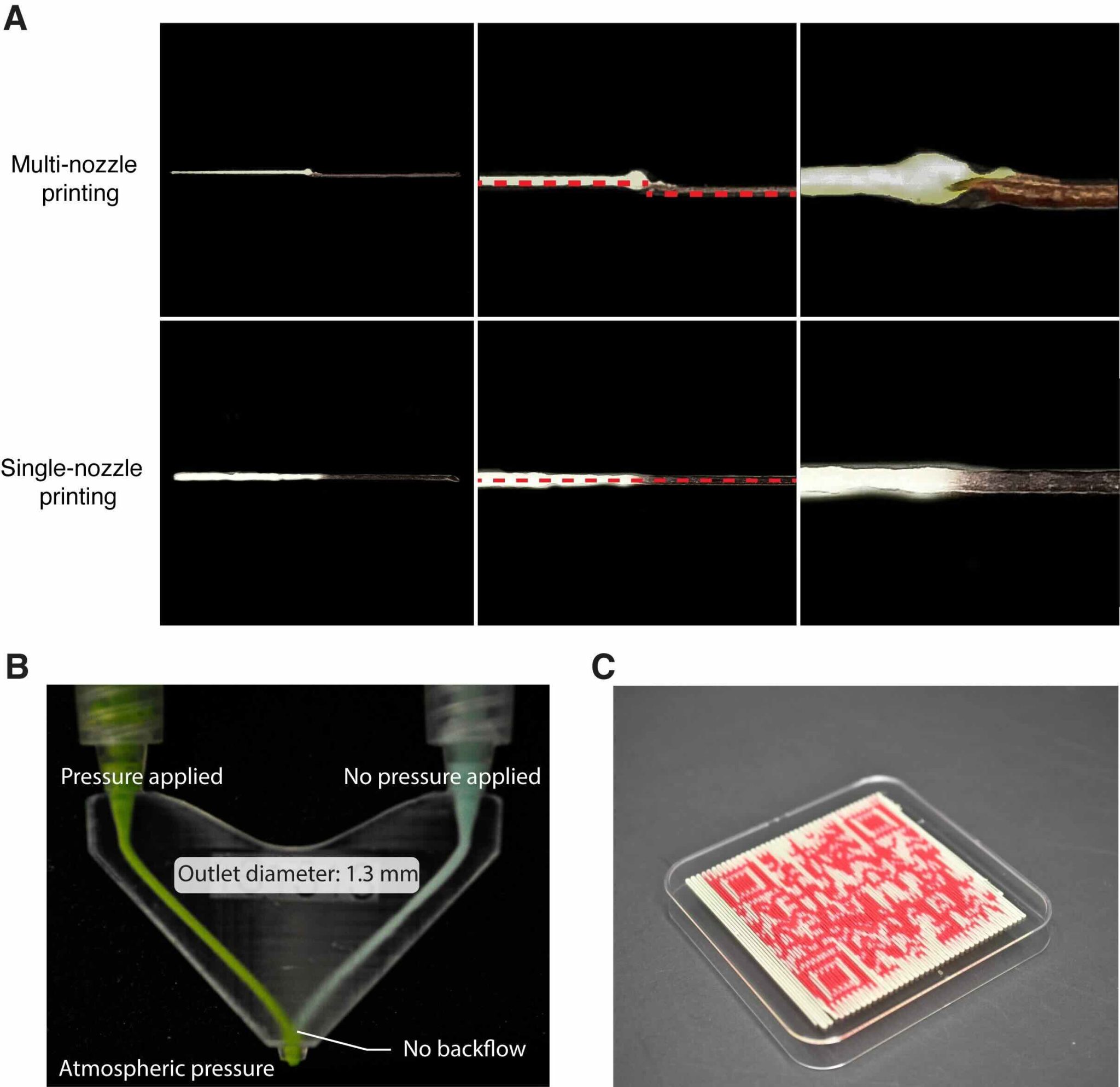
Buy Photon Mono M5 Get Free 1KG Resin
The Advent of 3D Printed Food
Understanding 3D Food Printing
3D food printing is an innovative process that uses 3D printing technology to create food items. Unlike traditional printing that uses ink, 3D food printers use edible ingredients, also known as “food inks,” to build three-dimensional objects, layer by layer. This technology promises to revolutionize the way we think about food preparation and consumption.
Customizing Food with Multi-Material Printing
The latest advancements in multi-material 3D printing technology allow for greater customization of food. Researchers at the Singapore University of Technology and Design (SUTD) have spearheaded efforts to use this technology to not only customize meals but also incorporate nutrient-rich ingredients from uncommon sources. Their findings were published in the journal Future Foods, confirming the potential to revolutionize our food landscape.
The Technology Behind Multi-Material 3D Food Printing
The Basics of Direct Ink Writing 3D Printing
Direct ink writing (DIW) is a type of 3D printing where a fluidic or paste-like material is extruded through a nozzle to create 3D structures. In the context of food, DIW uses edible pastes and gels to build edible constructs. The technology allows for precise control over the placement of food materials, creating complex and customized food items.
The Role of Multi-Channel Nozzles
A unique aspect of this research is the use of multi-channel nozzles. Traditional 3D food printers utilize single-nozzle systems that are limited to printing one type of food ink at a time. Multi-channel nozzles, on the other hand, can handle multiple food inks simultaneously. This capability enables seamless transitions between different materials, which is crucial for creating multi-material food constructs.
Overcoming Challenges in Multi-Material Printing
Printing with multiple materials poses several challenges, especially when the materials have different rheological properties (i.e., they flow differently). For instance, mixing viscous materials like gelatin with more fluid substances like milk requires ingenious solutions to prevent backflows and ensure a smooth printing process.
The SUTD team tackled these issues by incorporating a Y-shaped nozzle with widened exit outlets. This design mitigates backflow risks and allows for the continuous and seamless printing of different food inks. Additionally, they implemented an offset in the printing algorithm to handle the delay in transitions between food inks, ensuring a consistent output.
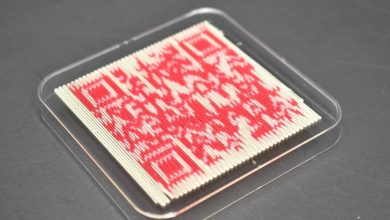
$30 off $400+ Anycubic Products with code AC30OFF
The Potential of 3D Printed Customized Food
Meeting Individual Dietary Needs
One of the most exciting applications of multi-material 3D food printing lies in its potential to cater to individual dietary needs. People with specific dietary requirements or restrictions can benefit from meals tailored precisely to their nutritional needs, such as higher protein for athletes or lower sugar for individuals managing diabetes.
Enhancing Aesthetics and Enjoyment
Food doesn’t just need to meet nutritional criteria; it also needs to be appealing. Multi-material 3D food printing allows for the creation of visually stunning dishes. Imagine a meal that looks like a piece of art but is packed with the nutrients you need. This not only enhances the dining experience but also makes nutritious food more attractive, potentially improving eating habits.
Addressing Eating Disorders and Swallowing Difficulties
People with eating disorders or swallowing difficulties (dysphagia) can benefit substantially from this technology. Customized textures and compositions can make eating a more manageable and pleasurable experience. For instance, meals designed with softer textures can help those who have trouble swallowing, while still being nutritionally complete and delicious.
Innovative Ingredients: From Soybean Dregs to Insect Protein
Repurposing Unusual Food Sources
The researchers explored the use of unconventional ingredients such as okara (soybean dregs), orange peels, and insect protein. These ingredients often get a bad rap due to their origins or appearances, but they are packed with nutrients. The ability to incorporate these into aesthetically pleasing meals is a significant breakthrough.
Nutrient-Rich and Sustainable
Using such ingredients not only provides nutritional benefits but also promotes sustainability. For instance, insect protein is highly nutritious and requires significantly fewer resources to produce compared to traditional livestock. Incorporating these sources into everyday meals can contribute to more sustainable food systems.
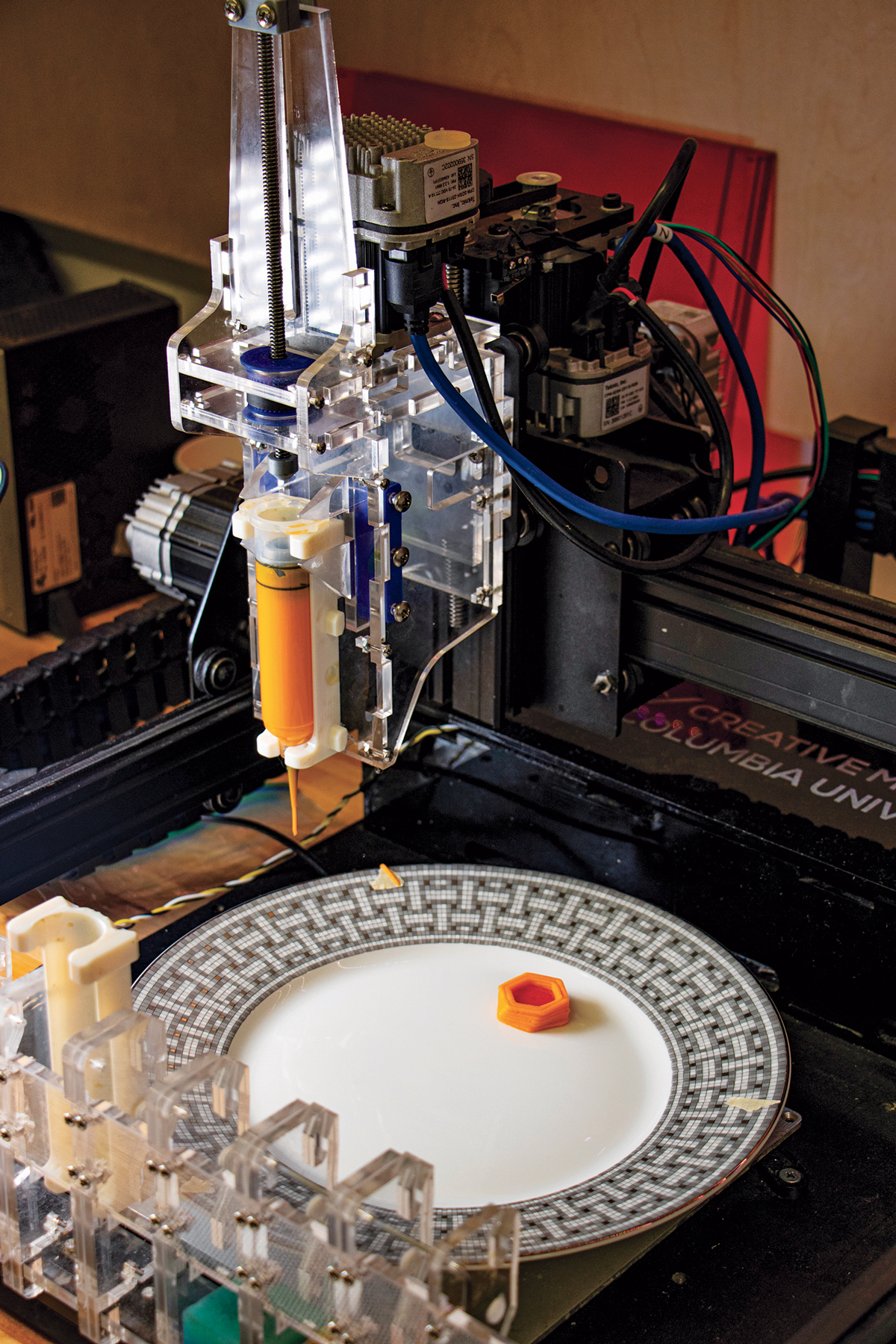
The Future of 3D Food Printing
Towards Commercial Scalability
While the current applications of multi-material 3D food printing are impressive, there’s ongoing work to enhance and scale up the technology for broader commercial use. Optimizing the design and capabilities of 3D food printers to accommodate more inlets and streamline the printing process is a key focus.
New Frontiers: Edible QR Codes and Interactive Dishes
The SUTD team also experimented with printing edible QR codes. These could serve various purposes, from providing nutritional information to offering an interactive dining experience. Imagine scanning your food with a smartphone to learn about its nutrients or even access a recipe to recreate the dish at home.
Potential for Personalized Medicine
The implications extend beyond just culinary applications. This technology holds promise for personalized medicine, where specific dietary supplements or medications can be incorporated into custom meals, ensuring precise dosage and improving patient compliance.
Conclusion
The advancements in multi-material 3D food printing present a thrilling glimpse into the future of food. By enabling the customization of meals to meet individual dietary needs, using unconventional but nutrient-rich ingredients, and ensuring aesthetically pleasing presentation, this technology could transform our eating habits and health. As researchers continue to refine and develop this technology, the possibilities seem limitless. So next time you sit down for a meal, imagine what could be achieved with a 3D printer and a bit of innovative thinking. Your future dinner table might just be a masterpiece of technology and nutrition.
Buy Photon Mono M5 Get Free 1KG Resin
